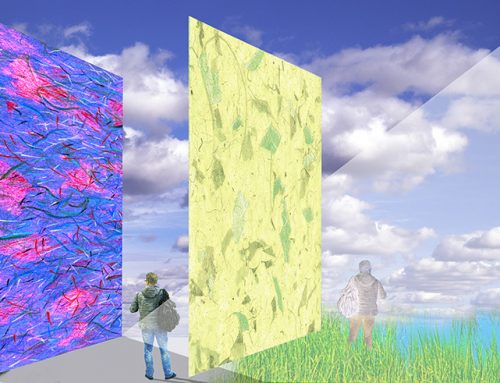Passepartout
Mats are commonly known in the art-framing trade as “Passe-partout“, a word that comes from French. Paraphrased from the Wikipedia definition, it is a sheet of material, usually cardboard, that has a cutout. It is used in the art framing industry, to frame artworks. The artwork is attached below the cutout and subsequently placed in a frame. Mats are mostly used to frame paper art, drawings (such as pastels, watercolors pencil, and chalk), photographs or prints. And these mats are usually used when the artwork has to be placed in a glass frame. Passepartout is also used to frame oil paintings (with the material of choice usually a board wrapped with cloth). The mat serves the dual purpose of creating a gap between the art and the glass, and to create an accent for visual appeal.
The framing industry manufactures a large number of mating products. They are available for purchase on the market and they come in different styles, thickness, and color. And more recently, they are also produced from durable materials of archival quality. The main concept behind archival quality is to use materials that are acid-free. This last quality results in a steep price increase but is essential in framing important artworks of high value. Museums exclusively use archival mats and other framing materials in general for their artwork framing.
Mats can be applied in single double or even triple Passepartout layers to achieve the desired visual result depending on one’s taste






